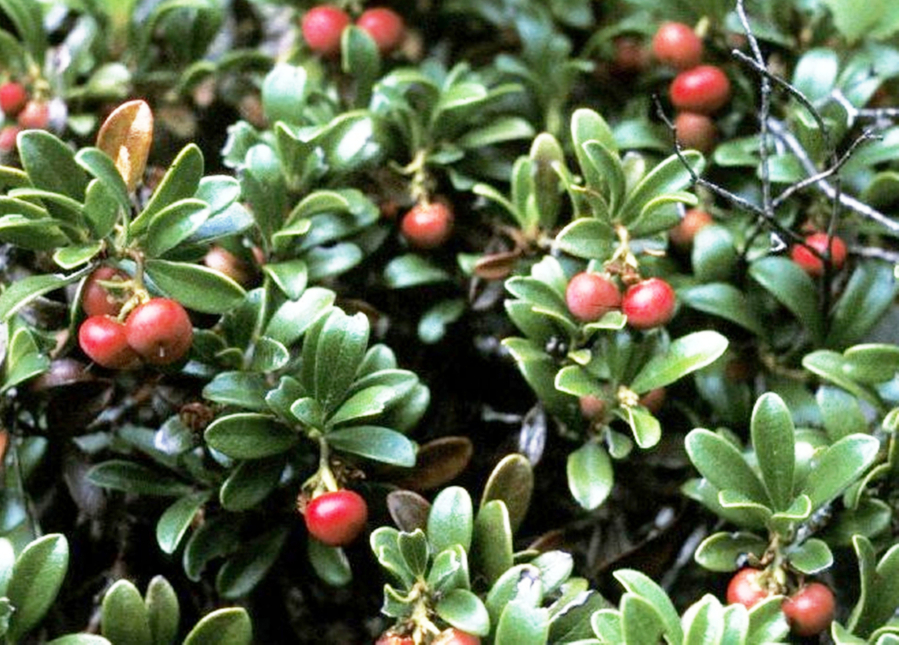One glance out the window confirms that this is winter’s bleakest part, but that’s why it’s the best time to start thinking about how beautiful your summer garden will be with new native plants.
“Native plants are a lot less time-intensive to manage than ornamental varieties, generally,” said Zorah Oppenheimer, Clark Conservation District manager. “They require a lot less water. They’re hardier. They’re going to withstand both hot and cold temperatures. Wildlife is able to utilize them better, whatever nuts and seeds they can provide. They’re also a lot less likely to become invasive.”
Many native plants are pretty as well as practical, providing lots of edible extras, Oppenheimer said. She gave examples like the red-flowering currant, which can be used for syrups and infusions; the bulbs of camas lilies, which were a staple food for local Native American tribes; hazelnuts, beloved by squirrels as well as humans; and the acorns of the Oregon oak, which can be used to make flour.
If you’d like to know which native plants are right for your yard, start with Watershed Alliance of Southwest Washington‘s Backyard Habitat Certification Program at backyardhabitats.org.
The program, a collaboration with Portland Audubon and Columbia Land Trust, is open to any homeowner who lives on less than one acre. It’s also available to schools, community groups, public institutions and businesses.
For $35, a “habitat technician” will come to your home and offer advice about which native plants will grow best in your yard’s conditions.
Program Coordinator Bethany Wray said that interest in the program — which offers five certification levels, not just for native plants but also for eliminating noxious weeds, reducing pesticides, stormwater management and wildlife stewardship — has been high this year.
“Right now, I’m the person doing the visits,” Wray said. “We’re doing socially distanced visits, either where I am in the yard and the other person is in the house with the phone, or we’re in the yard with masks at least 6 feet apart.”
Wray will spot invasive weeds lurking in your yard that might choke out native plants and she’ll suggest features to attract birds and pollinators, like bird baths, bird houses and mason bee houses. She might also discuss how to make your yard safer for wildlife, such reducing bird-window collisions and turning off outdoor lights to preserve the sleep cycles and feeding habits of insects and birds. Participants also get coupons for local nurseries and signs to display in their yards noting which certification level they’ve completed.
Another resource for information about native plants is the Clark Conservation District, which is wrapping up its annual native plant sale. The online-only sale ends Feb. 8 or sooner if stocks run out; the Conservation District has already sold out of everything except Western Hemlock.
“We sold out earlier than normal, even while increasing the number of plants that we had purchased to sell,” Oppenheimer said. “We anticipated a greater interest in people doing home improvement projects because of COVID.”
Fortunately, the planting season for natives starts in November and lasts through March, Wray said, so you’ve still got time to find other local sources.
On March 20, the Clark County Chapter of the Washington Farm Forestry Association will host its annual sale of native Douglas fir and Western red cedar seedlings. (The sale’s location hasn’t yet been determined; visit www.wafarmforestry.com/clark for updates.)
Wray also suggested contacting the Clark College Native Plant Center at 360-992-0000, ext. 3109, or email the center at nativeplantcenter@clark.edu. You may be able to find some native plants at commercial nurseries. Shorty’s Garden Center has a “PNW Natives” section on its ecommerce site at shop.shortysgardencenter.com or call your local nursery to ask if they carry native plants.
Plants from conservation groups are usually more affordable, Oppenheimer said. This is, in part, because their stock is “conservation grade,” which means plants may not look attractive when you purchase them but they’ll thrive when planted in the right location. Another advantage is that local conservation groups such as the Watersheds Alliance work from something called the “Portland Plant List,” Wray said. That means they promote native species that are singularly suited for local climate conditions.
Learn more about native plants by viewing a free native plants webinar, part of the conservation district’s Watershed Steward Series at clarkcd.org/watershedstewards.
You can also “Ask the Experts” at the Clark Conservation District during two Zoom sessions, noon Feb. 17 and 6 p.m. March 2; check clarkcd.org/plant-sale for registration details.
In the meantime, the 2021 Native Plant Sale Guide is full of facts about native species like kinnikinnik or bearberry, big leaf lupine, Oregon iris, Douglas aster and Oregon sunshine, also known as woolly sunflower or golden yarrow.
If you want to snag one of the last Western hemlock trees, order online at clarkcd.org/plant-sale for pick-up on Feb. 27 in Brush Prairie. Plants can’t be purchased on-site this year for COVID-19 safety reasons, but your order will be bundled and ready to go home with you, where it will delight you — and back yard critters — for years to come.




